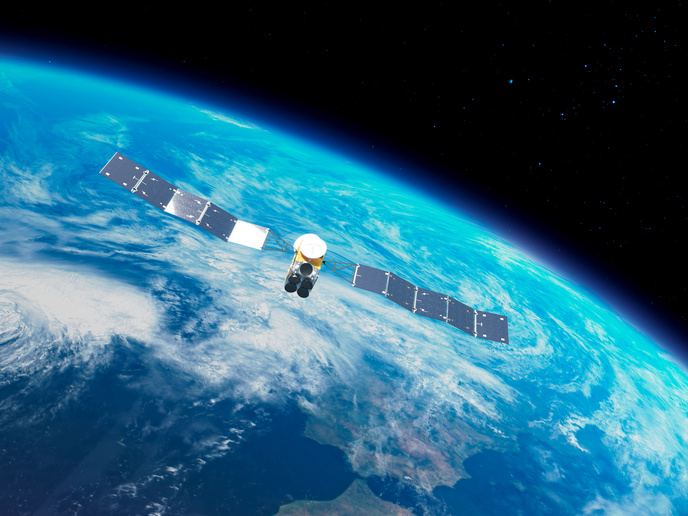Dodging severe weather conditions
South-east Asia, a region hosting 40 % of the planet's population, depends on the monsoon for its survival. Close observation of ecosystems, rainwater, floods and droughts is crucial to ensure the region's livelihood, particularly if prediction capabilities can be improved through satellite and ground observations. The EU-funded project CEOP-AEGIS(opens in new window) designed a high-tech observation system to document and assess water yield of the Tibetan Plateau (Qinghai). To identify the amount of water that could reach the region's several formidable rivers, the project elaborated methods for estimating rain, snow, evaporation, soil moisture, vegetation cover and other indicators. The methods were principally based on sophisticated ground and satellite observation techniques, as well as continued monitoring of water balance and water yield around the Plateau. Pilot initiatives to monitor drought and flood by a Chinese weather satellite were implemented in China and India. New software and modelling techniques were created to measure different atmospheric conditions. Another important achievement was new technology to model and visualise floods. Case studies conducted in China and India utilised a wide range of satellite data. The project carried out case studies with hydrologic and atmospheric models for Qinghai, and southern and eastern Asia, in addition to case studies on drought monitoring and early warning. Still more case studies were implemented on the reaction of wind circulation in the atmosphere and specifically of weather phenomena to land surface conditions. A toolkit was developed to monitor recent and acute drought incidents for assessing the system, complete with two new effective drought indicators. These indicators captured the progress of drought during various phases. By introducing highly innovative tools to help scientists swap ground- and satellite-based data and information on environmental conditions, CEOP-AEGIS will help millions of Asians to avoid severe climatic phenomena.







